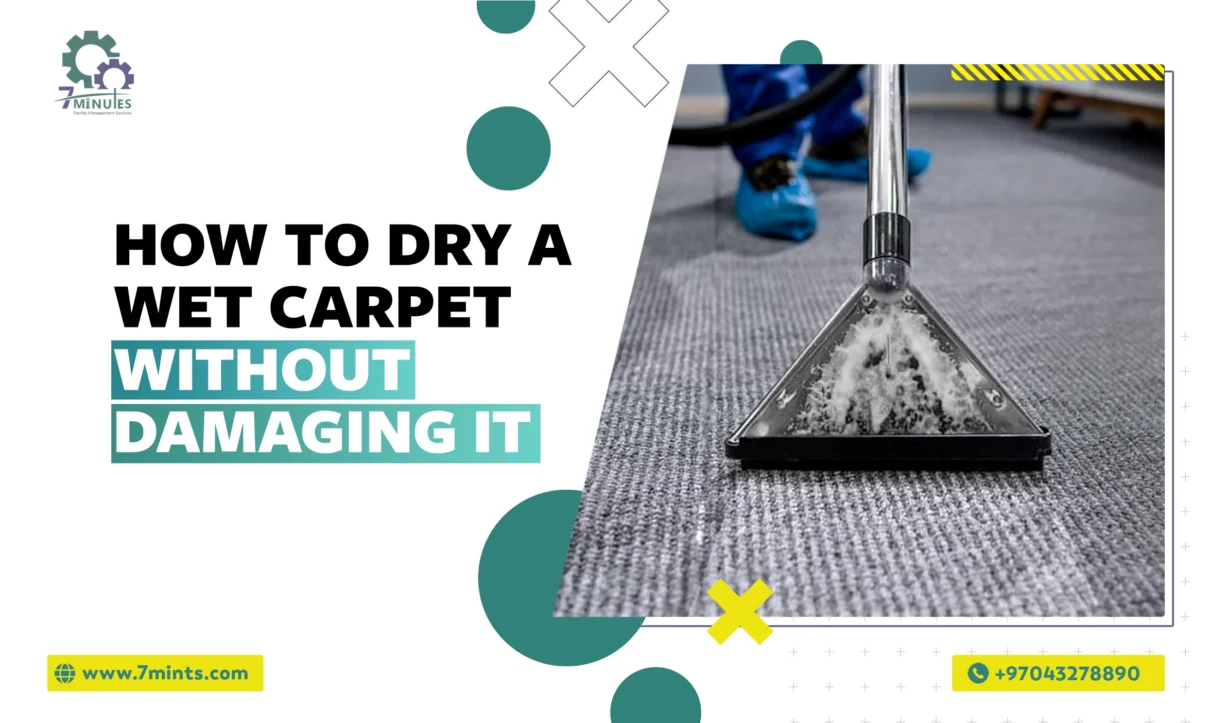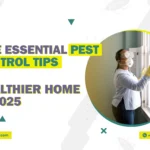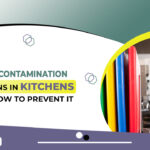Wet carpets are a common household problem, from spilling a drink to leaking pipes or flooding the place. If neglected, the moisture in the surface beneath the carpet can cause mold growth, musty odor, and structural damage. Ways of drying a wet carpet are equally important to preventing these problems and maintaining its quality. In this article, we will deal with efficient methods, tools, and safety measures to take to dry carpets safely.
The Need for Speed
There lies the essence of drying a wet carpet as soon as possible. The water seeps quickly through the carpet into the padding and beneath into the subfloors. If conditions allow, the carpet will experience several bad effects. Mold may begin showing its ugly head as early as 48 hours after the incursion of water, bringing with it health risks and a costly cleanup in its wake. Moreover, lingering dampness can give rise to odor issues that might take more than a year to remediate, possibly requiring a professional cleaning service to do so. Extended moisture may damage the carpet fibers themselves, making them fray or change color. Speed therefore becomes an important consideration not only for maintaining the longevity of your carpet but for the well-being of its occupants.
A Step Approach to Drying Wet Carpets
1. Assess the Situation
Before moving to dry, take some time to assess the situation. Begin with how wet the carpet is; this assessment will subsequently dictate your course of action. Is it just damp from somebody spilling a drink—maybe a bit wet from a broken pipe? The water source is just as important; water from a broken pipe might not be a concern, while dirty water from sewage or a flood cleanup could require professionals’ help. In that case, get professionals who can help with the safe cleanup.
2. Remove Excess Water
The first thing to do in drying out a wet carpet is to try and get out as much excess water as possible. A wet and dry shop vacuum cleaner is one of the best ways to go in this regard, as it can soak up mpg of water on carpets and upholstery in a very short time. When going over the wet area, be sure to take your time to allow for maximum extraction. Check out our latest blog post on how Cross-contamination remains a major concern in home and professional kitchens alike.
3. Pull Back the Carpet
Perhaps find the padding under the carpet very wet. It is important that you carefully lift up your carpet now so that you can see this layer. Carpet pads absorb water easily, are retained for longer periods, and can form a huge moisture reservoir that provides an environment for mold growth if it is not dried properly. Fully saturated padding may need to be completely removed and replaced with new padding after drying the carpet itself.
Things to Avoid
Many different methods can dry carpets successfully; however, certain practices should be avoided, as they could cause greater damage. Here are some Important things you want to avoid.
Incorrect Use of High-Speed Fans: Even though fans do promote airflow, placing them too close to wet carpets can push the moisture deeper instead of allowing it to evaporate. Instead, place fans at least a few feet away, so they act as a gentle, warm breeze to boost drying without pushing water further into the carpets.
Excessive Heat: Direct heat sources like hair dryers or heat guns, when placed close, can burn or discolor the carpet fibers. Always keep them at least three feet away, using warm, not hot, air to dry the carpet.
Harsh Chemicals: It’s hard to resist the temptation of strong-cleaning chemicals against odors or stains caused by water damage. Harsh chemicals should be avoided unless one knows for certain that the particular chemical is safe for a specific type of carpet. Leftover residues can attract dirt and cause other problems later.
Walking on Wet Carpets: Walking on damp carpets can force moisture deeper down in the fibers and cause staining or, in extreme cases, irreversible damage. To discourage extra complications, it’s best to keep people and pets away from the affected areas until they are completely dry.
Steam Cleaners: Though steam cleaners do work wonderfully to clean carpets, on moist carpets, they can worsen the damage by adding a lot of heat. Unless you are experienced using steam cleaners under these circumstances, we recommend the traditional drying methods until the entire carpet is dry.
When to Call in Experts
Generally, for minor problems, Do-It-Yourself methods would be okay, but for bigger areas damaged by flooding or intense leaking, a person would require spending money on professional restoration. Here are the best times to call in the experts:
Access to the latest Technology: Industrial power extractors and air movers for fast drying have opened up phenomenons for professionals. These equipments are more powerful compared to household ones for the same purposes, drying up things in much less time.
Identify Hidden Moisture: Water tends to go underlayments or walls, making it difficult for a homeowner to find all moisture-laden places. The professionals have the training and the experience to find those moist pockets hidden from view and to business for complete drying.
Contaminated Water Sources: Professionals strictly follow protocols complex for cleanup of possible health- and property-threatening sources of contaminated water. It is qualified training in dealing with dangerous materials and proper disposal for safe handling of hazardous waste.
Mold Growth Concerns: If you have broad damage or there’s an onset of mold growth behind walls or under floors, waste no further time and consult with qualified water restoration specialists regarding full-service mold remediation. Mold can cause health risks, and early intervention is important to prevent such kinds of problems from getting worse.
Preventive Measures
Implement these measures for possible prevention of wet carpet conditions at home:
Fix Leaks Quickly: Inspect plumbing fixtures, appliances such as washing machines and dishwashers, and even roofs for any signs of leakages or water damage from time to time. There’s also prompt repair to avoid minor problems blowing into major problems, which cause effects on your carpets.
Consider installing waterproof barriers or a sump pump in places like basements or any areas susceptible to heavy rain exposure near windows. These go a long way in diverting water away from an area and saving your flooring.
Area rugs: Another option is to put down some area rugs in those high-risk areas, such as kitchens or bathrooms, that may be prone to spills. Area rugs are less complicated to clean and change once they become affected by water as well, which helps in the practical protection of your flooring.
Regular Inspections: Check your house from time to time for early signs of dampness. Such early detection could save time and money. For example, look for discoloration on the walls or ceilings, musty smells, and any visible signs of mold.
Educate Home Members: Make sure that everyone, including household members, knows how to deal with spills quickly and effectively. A planned method of dealing with accidents usually ensures that damage gets bigger and bigger.
Conclusion
Actively engaging in the above-mentioned steps will go a long way in minimizing wet carpets in your house, thus ensuring a healthy environment for you and your family. Contact us, with knowledge of what not to do while carpets are drying, when to call in the professionals, and taking preventive measures will allow you to manage wet carpets competently while sustaining their integrity for years.







1 Comment
Comments are closed.